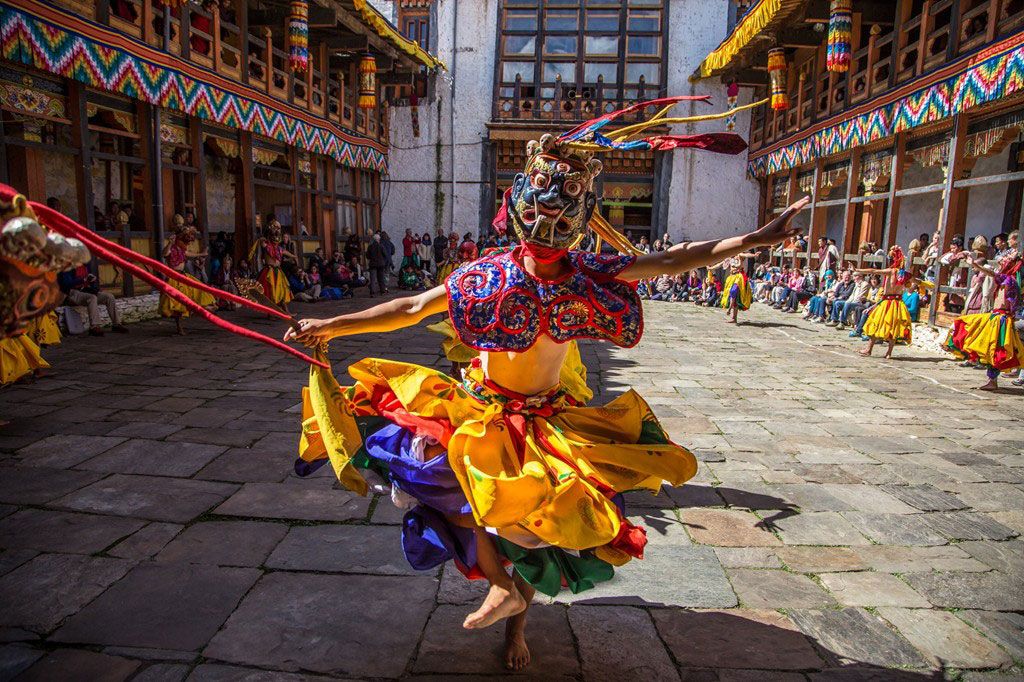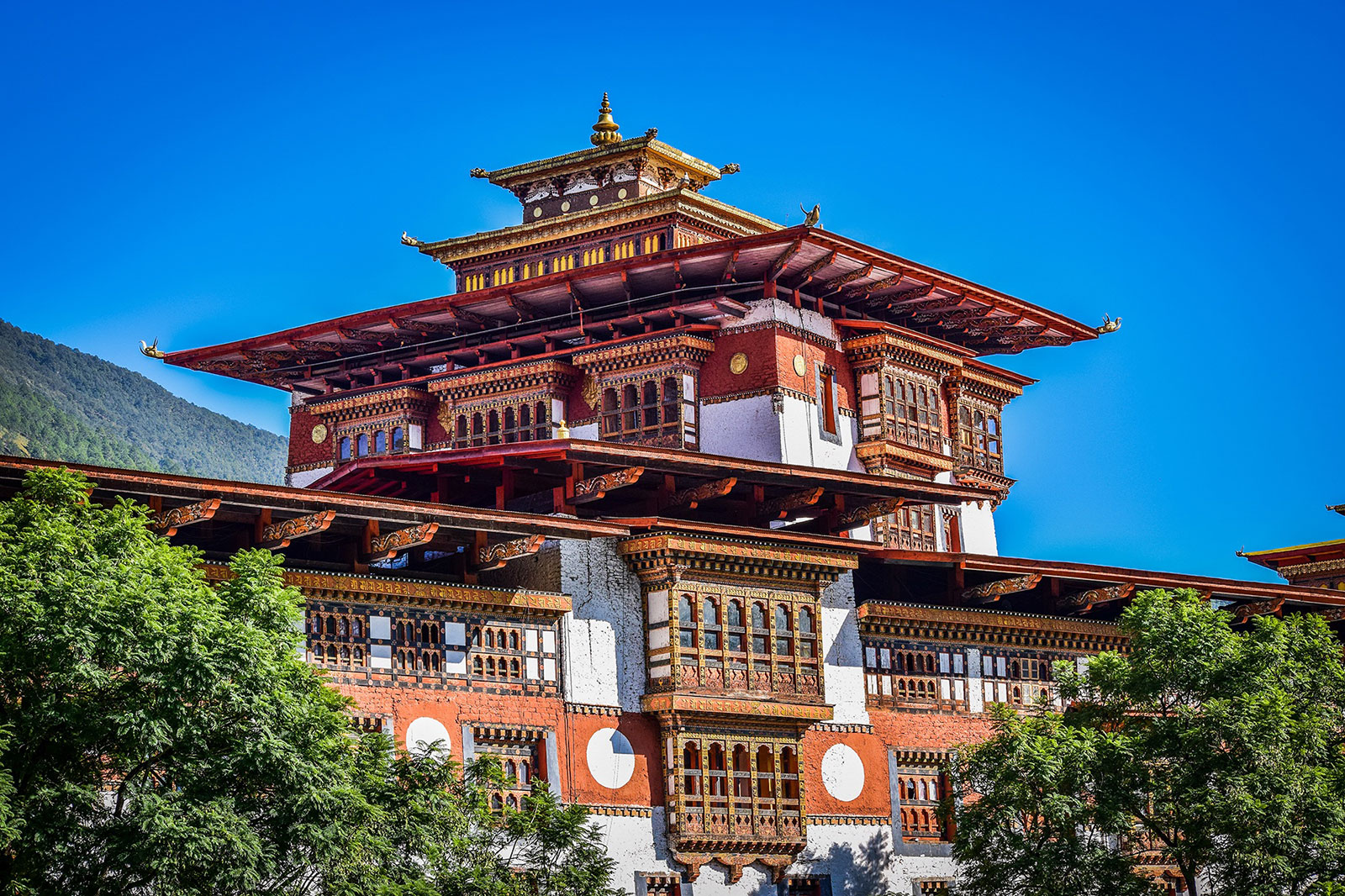In 2001, a hair believed to be that of the yeti was found in Bhutan. The team leader of the yeti expedition, Harry Marshall, got it tested in a laboratory in Oxford University. The world’s leading DNA expert, Professor Sykes, did the DNA sequencing and could not match it to any known species.
Seven years later, the professor managed to match it, but to an unidentified bear. “… interestingly a bear that Professor Sykes was unable to identify, ” Marshall said. The question was: could it have been the blue bear?
Blue Bear
The blue bear (Ursus arctos pruinosus) is a subspecies of the brown bear (Ursus arctos) and is now believed to be extinct. The bear is essentially black, but its coat has some tinge of blue. Like the blue pine tree, it is not blue in colour.
Its natural habitat is the alpine regions of eastern Tibet, western China, Nepal and it’s infrequently found in Bhutan. In Tibet, it was known as yak dhom or the yak bear. The Bhutanese refer it as the lha dhom or the mountain bear.
“The kings of Bhutan [third and fourth] have been fatally fascinated with the blue bear but none have seen it,” Malcolm Lyell, the former managing director of the Holland & Holland gun company, wrote in his photo journal.
Lyell has the distinction of being the only European allowed to hunt for blue bear in Bhutan. During his trek in 1971, the king marked ‘Sanctuary, blue bear’ on his map, and he came close to tracking down the animal.
“We seem to have come closest to the blue bear at Tashi Markhang, (northern Bhutan), where we were told that they come into maize fields at night.” In addition, he wrote: “Both kings told me they killed baby yaks, and that the way to see or shoot one [the blue bear] was to tie up a baby yak at night,” wrote Lyell in his photo journal.
In Panchen Lama’s zoo
Lyell also became fascinated with the blue bear. He made two subsequent visits (1974, 1975), during which he discussed the animal with the fourth king. On both occasions, he trekked the mountains looking for the animal but was unsuccessful. When he returned home from the last trek, he did more research and sought the assistance Michael Aris, who knew both Tibet and Bhutan well.
“Here are a couple of photos of the so-called dremo in the Panchen Lama’s zoo in Zhigatse. (Photo enclosed on page 5). I’ve just copied them from Hugh Richardson’s own copies.” The letter also said: [This bear is] “the kind the Bhutanese called yakdom (‘yak bear’),” Aris wrote to Lyell on May 13, 1976. The original photos are in the Bell’s collection in the India Office library in London.
In a memorandum dated 20/8/76 of the Natural History museum, the yak bear was classified as part of the “brown bear group, Ursus arctos. It said that it was found all over the Palaearctic region. The note said that the two subspecies of the brown bear commonly found in the Himalayan region were the Ursus arctos isabellinus from India, Kashmir + Nepal (and probably also Bhutan), and Ursus arctos prunosus from Tibet and West China (Kansu). They are known as the red bear and the blue bear respectively.
Mountain Bear
The blue bear is known to live in high altitudes close to the tree line. Unlike the other bears found in the region, it often killed yaks, and hence the yak herders referred to it as the yak dhom (yak bear) or lha (mountain) dhom.
Bhutanese claimed to have seen the bear. In Punakha, Chencho (48) said that, 20 years ago, he had spent two months in the forests above Rangrikha village extracting timber to build his house. During this time, he saw two yakdhom. He said that these mountain bears live far from human settlement and generally avoid contact with humans.
Another man from Punkaha also claims to have seen the animal. Dawa (63), a cow herder, has spent most of his life in the forest with his cows. He said that he saw a lha dhom in Gurigang village, which is a full days walk from Kabisa. “These dhoms are no threat to humans. They’re shy animals. They’ve never attacked any of my cattle,” he said.
Blue Bear – Yeti?
While the blue bear was common in the Himalayas, little of it was known in the west through fur, and bone samples and some photos. It was first classified in 1854, but evidence of its existence was found almost a century later.
In 1960, Sir Edmund Hillary led an expedition in Nepal to search for evidence of the yeti. He returned with two scraps of fur, which the locals identified to be that of the yeti. Later, when it was scientifically tested, it was found to be portions of the pelt of a blue bear.
The other cartographic evidence of the mountain bear in Bhutan is an educational map made by UNICEF. In the undated map, Chart No 3, “Some animals of Bhutan”, the artist Dorothy Mierow drew a cub of the blue bear with red bear on the north west part of Bhutan.
Conclusion
Many of the yak herders in Bhutan claimed to have seen the bear. The only evidence to support its existence could be the hair that was found in Bhutan, which Professor Sykes has recently been able to match it to a bear, but an unidentified one.
The Europeans, who looked for the yeti, like Sir Edmund Hillary, Reinhart Messner and now Marshall, have all suggested the blue bear as a possible explanation of the yeti.
In the National Library in Thimphu, there is an ancient script that describes the yeti to be a kind of bear. Bhutan may be the last sanctuary of the blue bear.









